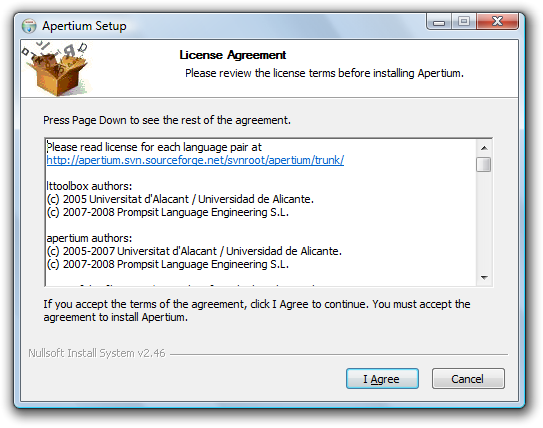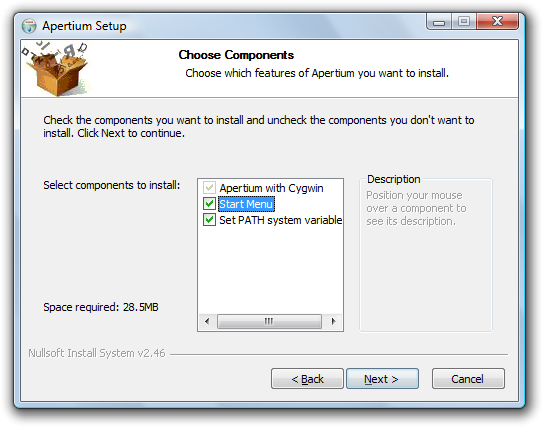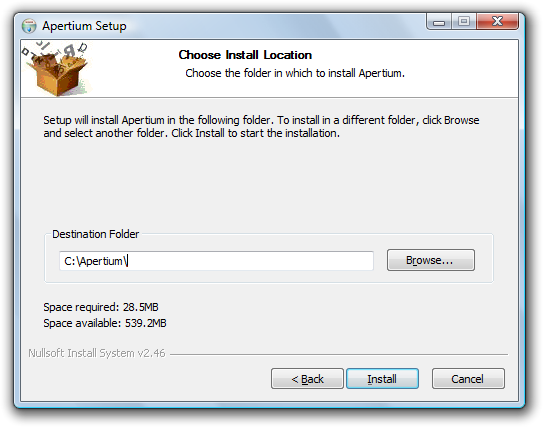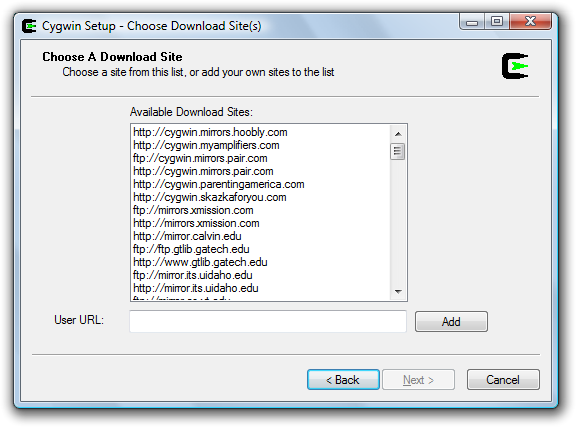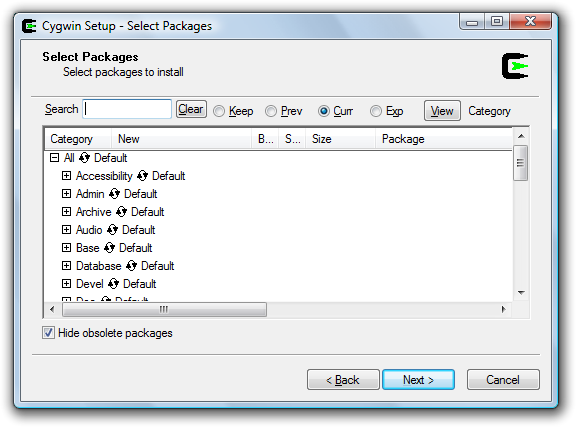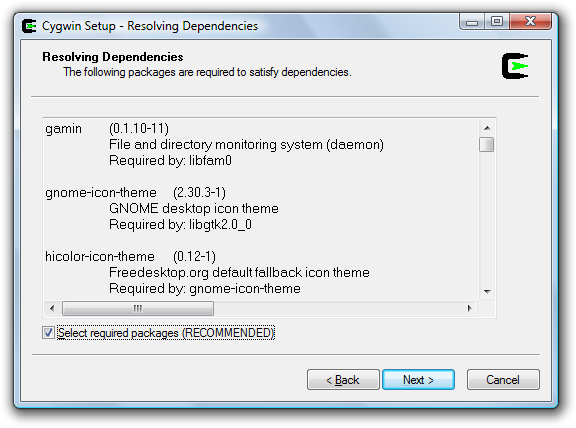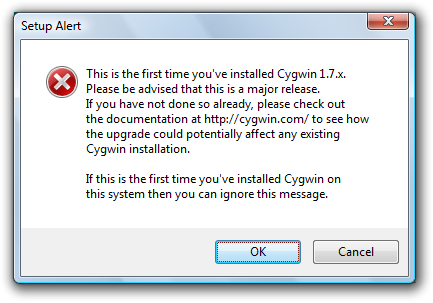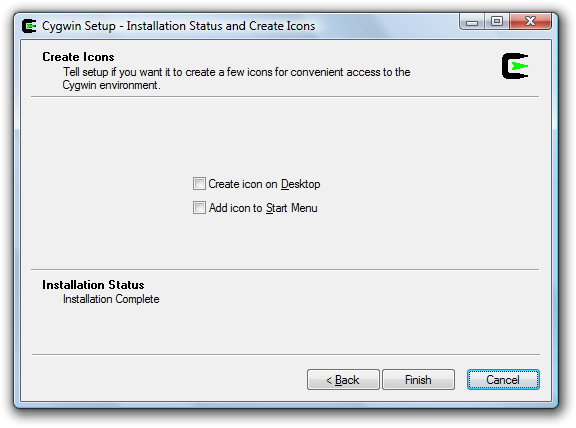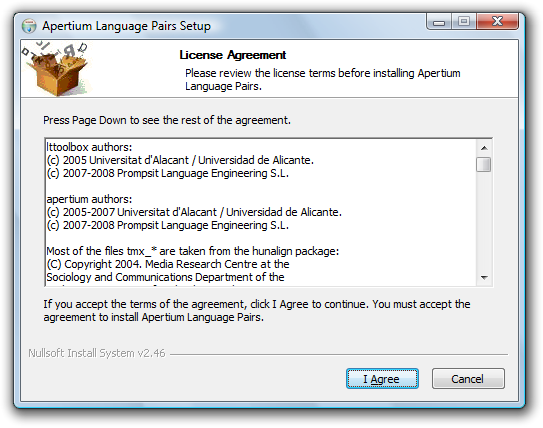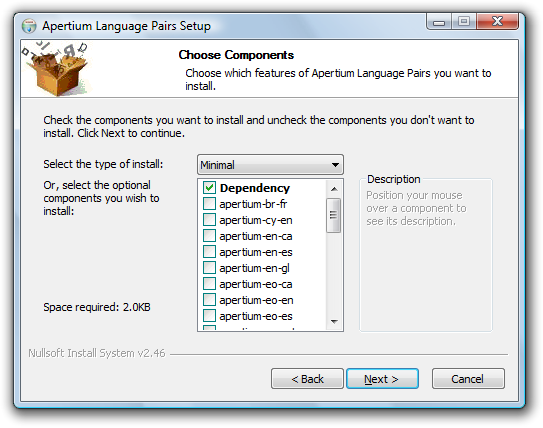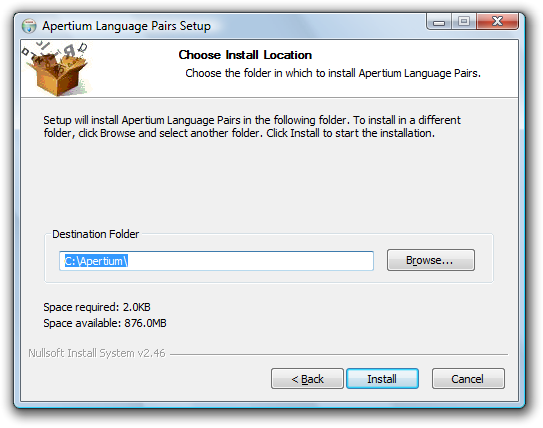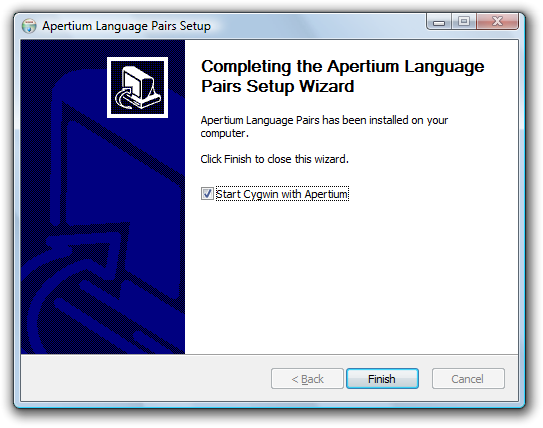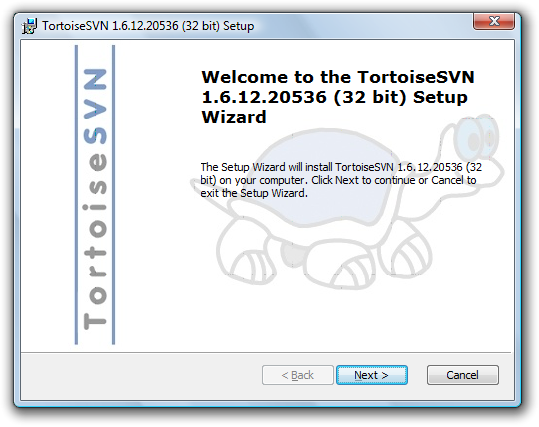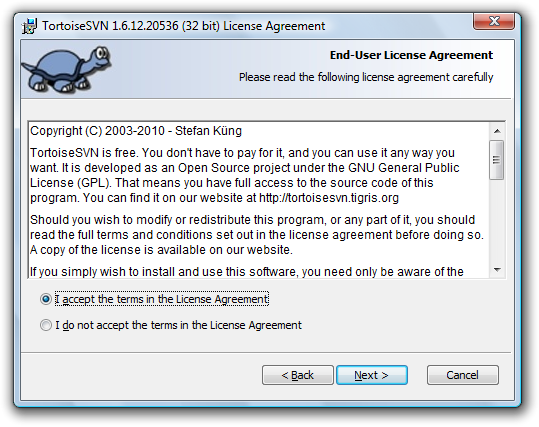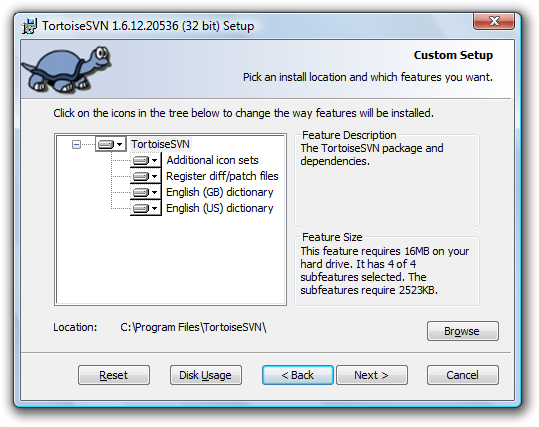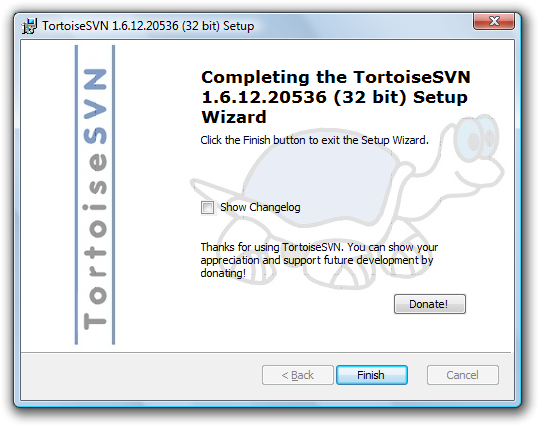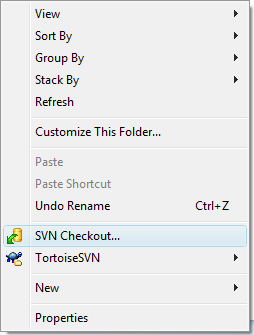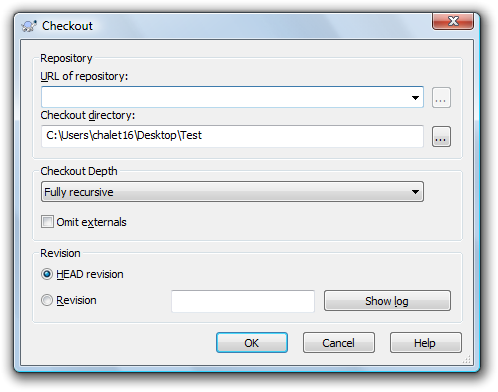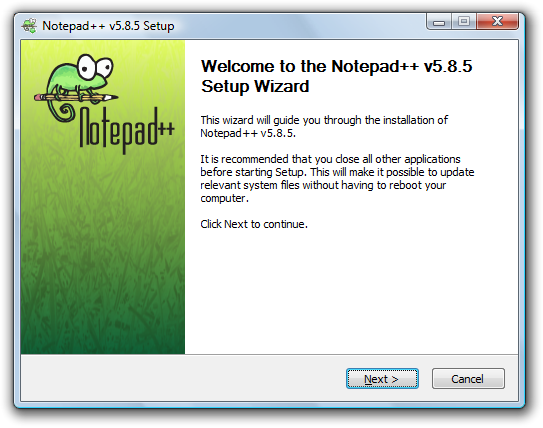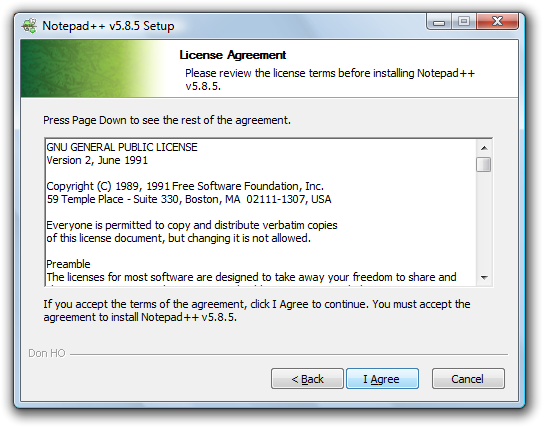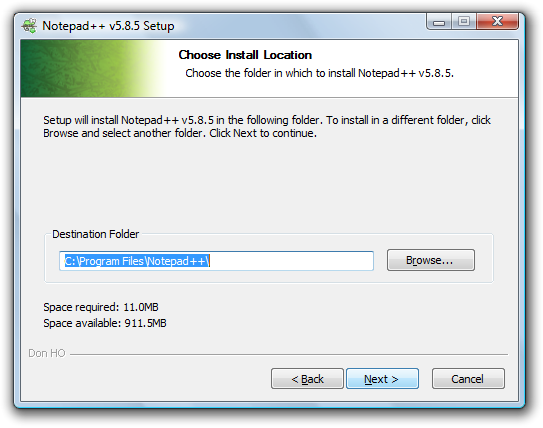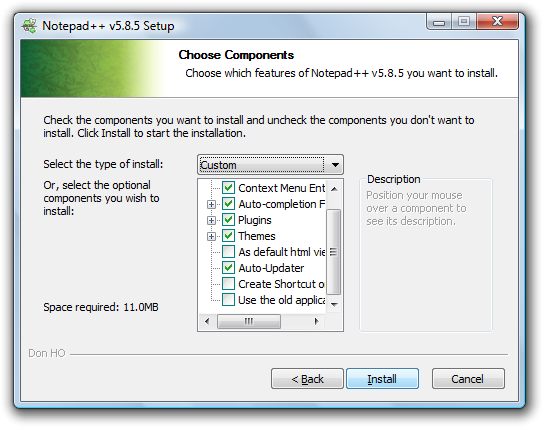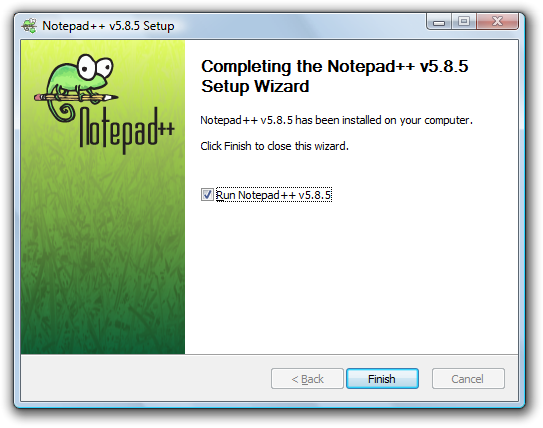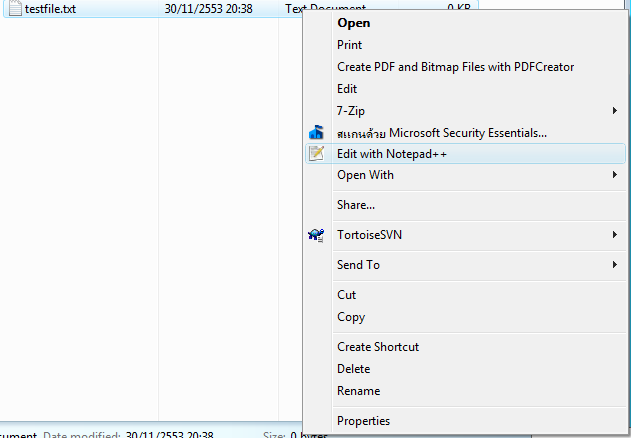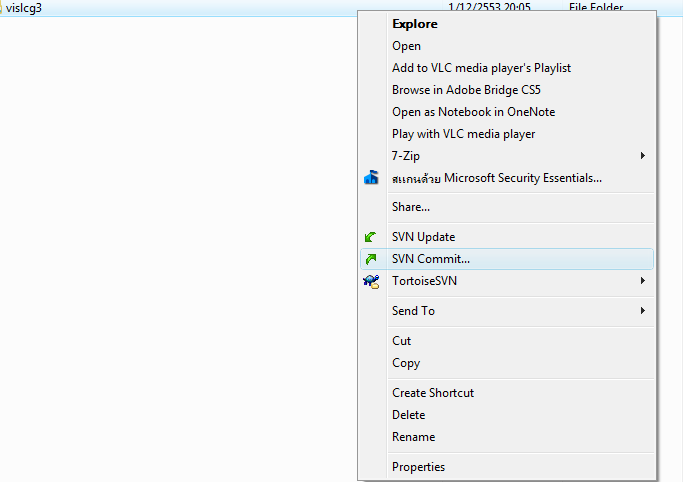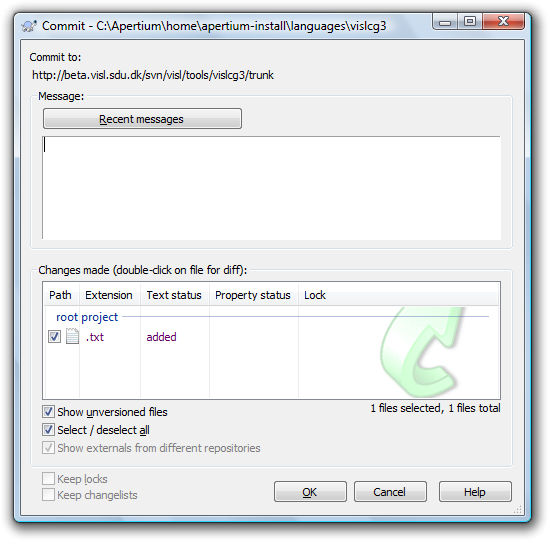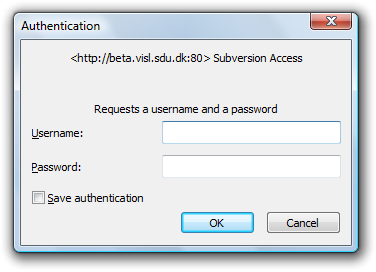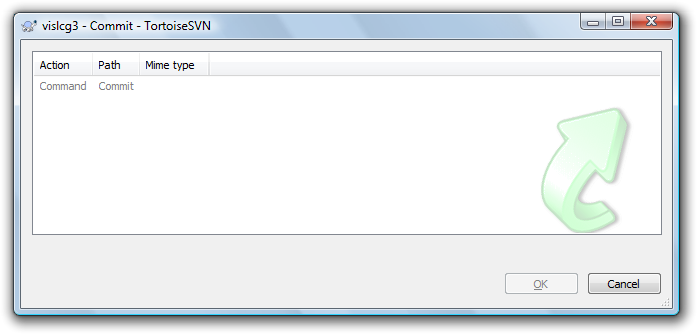Guide Apertium pour les utilisateurs de Windows
Ce tutorial va vous guider pour utiliser l'installateur d'Apertium afin d'installer :
- Apertium
- les paires de langues d'Apertium
- TortoiseSVN (GUI SVN client pour Windows)
- Notepad++ (Bon éditeur de textes open source)
Avec l'installateur d'Apertium pour Windows, il n'est pas nécessaire d'installer des outils comme Cygwin, Subversion, GCC, etc... (qu'un autre guide Installation sur Windows en utilisant cygwin vous demande d'installer).
Contents
Installation d'Apertium
1. Téléchargez l'installateur depuis Sourceforge. Démarrez le et lisez la license d'utilisation de l'intallateur d'Apertium (beaucoup de parties sont dans la GNU/GPL) ensuite cliquez "I Agree" pour continuer.
2. Selectionnez les composants à installer (Tous sont recommandés pour les utilisateurs non experimentés) ensuite cliquez "Next" pour aller à la page suivante.
3. Choisissez l'emplacement désiré pour l'installation. Il est recommandé de n'utiliser aucun caractère spécial (ex: espace, caractère accentué, caractère d'un alphabet non européen) pour définir cet emplacement.
4. L'installateur de Cygwin apparaitra. Choisissez le miroir le plus proche et continuez.
5. On vous demandera de selectionner les paquets de Cygwin, (vous pouvez les laisser tous non marqués) cliquez "Next" pour continuer.
6. L'installateur va lister les paquets qu'il est nécessaire d'installer pour resoudre les problèmes de dépendences. Cliquez "Next" pour continuer.
7. Il y aura une boite d'alerte à la première installation, ignorez la en cliquant "OK"
8. L'installateur de Cygwin vous demandera de créer un icone sur le bureau et un raccourci dans Menu-démarrer. L'installateur d'Apertium va aussi créer le raccourci du menu de démarrage, il n'est donc pas nécessaire de les sélectionner.
9. Ensuite une console console apparaitra pour recompiler Apertium and lttoolbox. Ça prendra autour de 30 à 60 minutes. (Il est bon de faire d'autres choses en attendant).
Test rapide pour voir si ça fonctionne
Vous devriez maintenant avoir le moteur d'Apertium installé (mais aucune paire de langues pour l'instant).
Après l'installation, la fenêtre noire du terminal "Cygwin" devrait être visible (vous pouvez aussi trouver un lien pour le faire depuis votre menu de démarrage sous "Apertium"). Si vous essayer de taper "apertium" suivi de la touche entrée, voius devriez voir USAGE: apertium [-d datadir] [-f format] [-u] <direction> [in [out]] et d'autre texte du même genre. Si ce n'est pas le cas, probablement quelque-chose s'est mal passé ...
Installation des paire de langues d'Apertium
1. Téléchargez l'installateur depuis Sourceforge. Démarrez le et lisez la license d'utilisation de l'intallateur d'Apertium (beaucoup de parties sont dans la GNU/GPL) ensuite cliquez "I Agree" pour continuer.
2. Selectionnez les paires de langues que vous aimeriez installer et cliquez "Next" pour continuer. L'installation complète prend quelques heures et n'est pas recommandée pour un utilisateur normal.
3. Choisissez l'emplacement pour l'installation et cliquez "Next". (Ça devrait être l'endroit où Apertium a été installé).
4. Cliquez Finish pour finir le processus d'installation.
Test rapide pour voir si ça fonctionne
After the installation, the black "Cygwin" terminal window should be visible (you can also find a link to this in your Start menu under "Apertium").
If you type "apertium -l" (without the quotes) and enter, you should see a list of the codes of the installed language pairs. If this lists es-ca, you can try typing "echo hola mundo | apertium es-ca" (without the quotes), you should see "hola món"; similarly for other language pairs.
Translating a file
Example: translating an HTML file from Asturian to Spanish:
apertium -f html ast-es $(cygpath c:\\mystuff\\asturian_input.html) $(cygpath c:\\mystuff\\spanish_output.html)
(The cygpath stuff is unfortunately needed to get to a Windows file path from Cygwin. A Windows Power User could probably write a script to make this a right-click menu option.)
Please note that backslash needs to be escaped, by typing it twice!
Developing further on a language pair
The installer puts the language data inside the Cygwin directory /home/apertium-install/languages, which is really located within the Windows directory C:\Apertium\home\apertium-install\languages. In there you'll find directories for all the installed language pairs, and can change language data and recompile etc. as described in Apertium_New_Language_Pair_HOWTO
- or was it
/home/apertium-installation/...?
Install TortoiseSVN(optional)
- See also: Using SVN with TortoiseSVN
1. Download TortoiseSVN from Offical downloads page. Run and click next to skip introduction step.
2. Read EULA and select "I accept the terms in the License Agreement", click "Next" to continue.
3. Select components to install, you can leave it as it is and click "Next" to continue.
4. The installer will show the finish page, click next and it will ask you to restart. You need to restart your machine to start using TortoiseSVN.
5. After TortoiseSVN there will be a menu item in context menu of every files and directories. To checkout SVN click "SVN checkout..."
6. You can now type URL of repository in Checkout dialog and click OK to start SVN checkout.
Install Notepad++(optional)
1. Download Notepad++ from offical site. Run and click "Next" to continue.
2. Read license agreement and click "I agree" to continue.
3. Select install location (recommmend default) and click "Next" to continue.
4. Select components to install, just leave it as default and click "Next" to continue.
5. The installer will start to process. After that you can select to run Notepad++ for first time.
6. You can edit any files with Notepad++ by right click on them and click on a menu item named "Edit with Notepad++".
How to commit changes to SVN using TortoiseSVN
You need to request commit access before follow this part of tutorial. You can request commit access from these following ways.
- IRC: #apertium on irc.freenode.net
- Mailing List: apertium-stuff AT lists.sourceforge DOT net
1. Right click on directory you would like to commit changes and click "SVN Commit..." (Language pairs will normally located in C:\Apertium\home\apertium-install\languages)
2. Type message describe your changes and select file you wish to commit. Then click "OK" to start the process.
3. There will be a dialog ask your username and password. Fill the information and click "OK"
4. You will see a dialog show committing progress. Just wait and click "OK" after the process finished.
